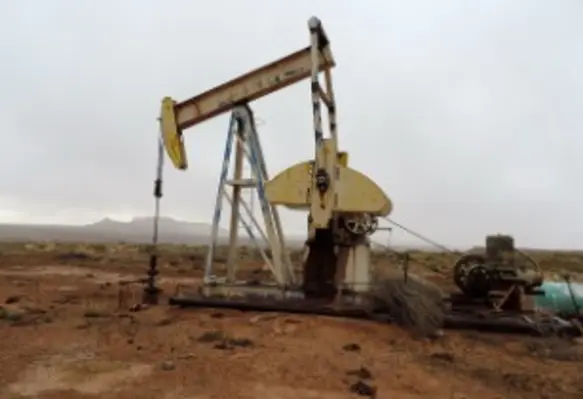The emergence of another Covid-19 variant is threatening the level that oil demand has managed to recover to, however Friday’s selloff was extreme, explained Rystad Energy’s senior oil markets analyst Louise Dickson
Omicron caused a market panic that elicited memories of the April 2020 prince plunge, but now the fundamentals are being assessed, the price drop is being met with a flurry of cool-headed and more calculated buying.
New lockdowns have been a salient threat to oil demand and prices, but pricing this downside has been on the back-burner until suddenly the kitchen was on fire, or at least perceived to be on fire.
Friday’s Omicron selloff was more severe than when Brent shed more than US$7 per barrel in July 2021 over the Delta variant market scare.
The biggest risk to oil demand over the new Omicron variant is inexorably linked to China, which since the Delta outbreak, has proven it will do whatever it takes to squeeze out Covid-19, even if this involves immediate and extreme closures of factories and airports in regions identified as risks.
China is ready to continue to impose new strict lockdowns to quell local outbreaks, particularly affecting domestic aviation, which accounts for 40% of daily jet fuel demand in the country.
Omicron is a considerable downside risk in the event local outbreaks materialise in China and airports are ordered to shutter.
The downside risk to oil demand due to a fresh wave of travel restrictions is a reasonable assumption given past reactions by governments in their aim to shut out new virus variants, as well as current actions already being taken to contain the new Omicron variant.
The oil price downgrade could carry one positive consequence of alleviating inflationary pressure, as lower priced energy would help ease the dent in consumer price index inflation.
At the same time, if China locks down and manufacturing output is dented triggering new supply-chain problems, then the impact could be the opposite and inflation could tick up even further.
The big market signal this week will come from how OPEC+ decides to respond to the threat of the Omicron variant. The group is not habitual in making knee-jerk policy decisions, and prefers to stay behind the demand curve, so we could expect either a continued conservative approach of bringing back 400,000 bpd on a monthly basis, or an even more cautious maneuver that holds even more supply back until the Covid-19 impact chips fall on the table.









